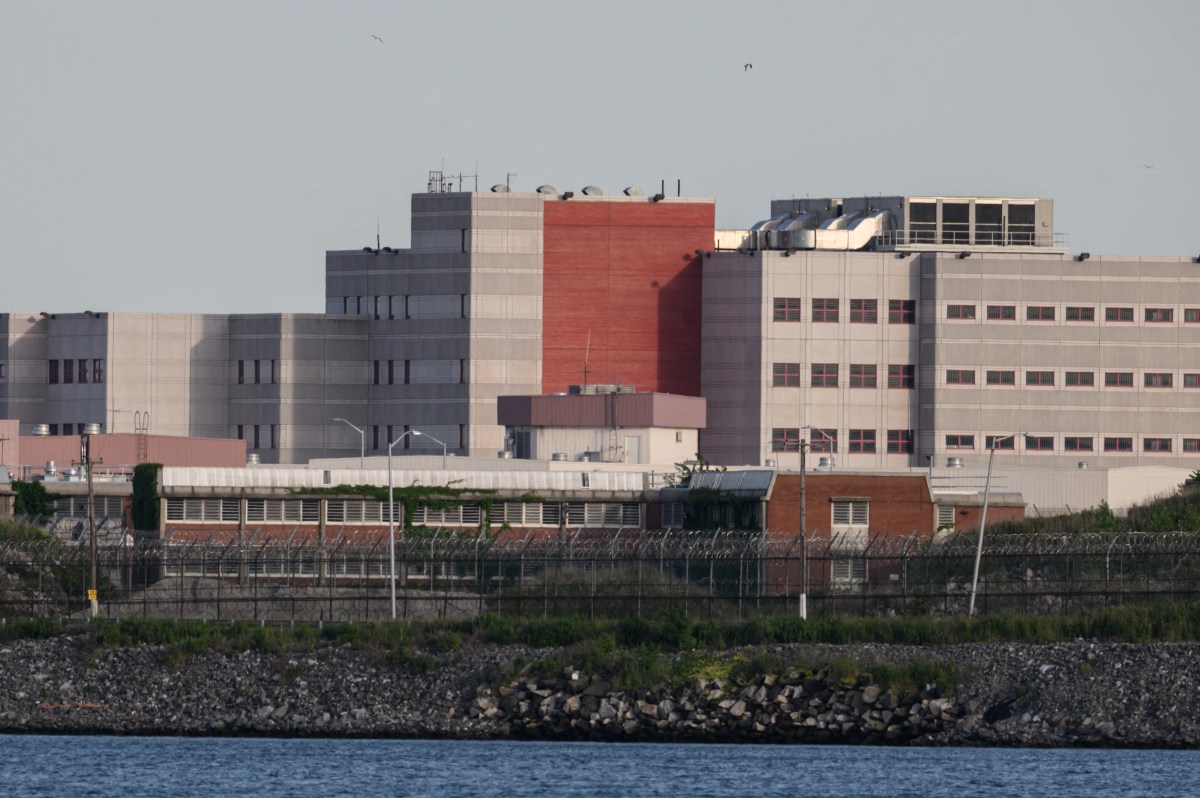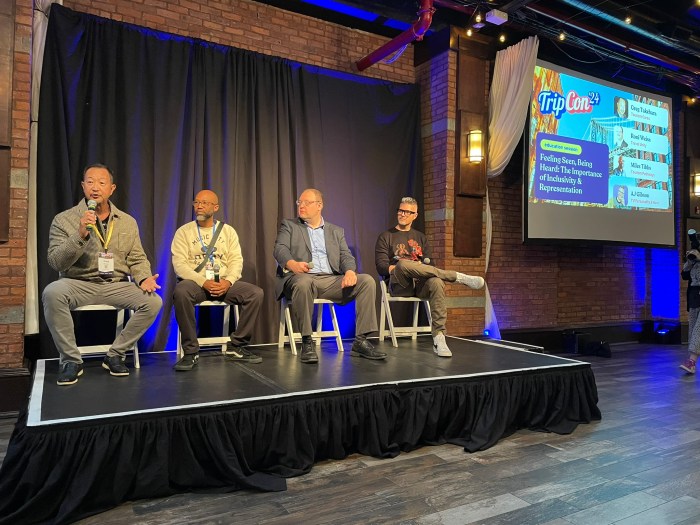Read Related Article #1: Resistance
Read Related Article #2: Survivor Profile: Yala Korwin
Read Related Article #3: Targeted groups
Read Related Article #4: Liberation
Read Related Article #5: Survivor Profile: Werner Kleeman
Read Related Article #7: Survivor Profile: Hanne Liebmann
Read Related Article #8: Survivor Profile: Richard Sonnenfeldt
Read Related Article #9: Survivor Profile: Larry Wenig
Read Related Article #10: Justice after genocide
After the war ended, the ordeal was still far from over for the Holocaust survivors, as they now had to figure out where to go and how to begin putting their lives back together
Many ended up in displaced person camps or refugee camps as things were sorted out and plans were made. According to the United States Holocaust Memorial Museum, “From 1945 to 1952, more than 250,000 Jewish displaced persons lived in camps and urban centers in Germany, Austria, and Italy. These facilities were administered by Allied authorities and the United Nations Relief and Rehabilitation Administration (UNRRA).”
Following the war, many survivors decided to stay in other countries before moving to the United States. Hanne Liebmann made it to Switzerland in 1943 and went on to live with relatives and work as a maid in Geneva. When she married in 1945, she and her husband, Max, moved into a refuge home. Their daughter was born in March of 1946.
Originally from Poland, Yala Korwin was working at a labor camp in Germany using false identification papers at the conclusion of World War II. First, going on a transport to West Germany, she later went to France to join an aunt and two cousins who were living there. Shortly thereafter, she met her husband and had two children.
Peter Suedfeld, who was born in Budapest, had been smuggled into a Red Cross orphanage during the war and remained there after the war ended. As he saw other children being picked up by their relatives, he began to worry that his family would not be able to locate him since the orphanage had moved around because of bombings and Suedfeld had also been forced to use a different name. When he was eventually found by an aunt and later reunited with his father, the two spent a few years living in Vienna.
However, there were other survivors who opted to return to the places of their roots. Inge Auerbacher and her parents first went to Jebenhausen, Germany, where her grandparents had lived, before later finding a home in Goeppingen. Auerbacher made friends, although speaking little of her religion, and her father went back into business.
Lena Goren, a survivor from Greece, also returned to her hometown of Larissa when the war came to an end. She described it as being bittersweet, with the happiness of returning being overshadowed by the loss of so many others, including her classmates, friends and family.




























